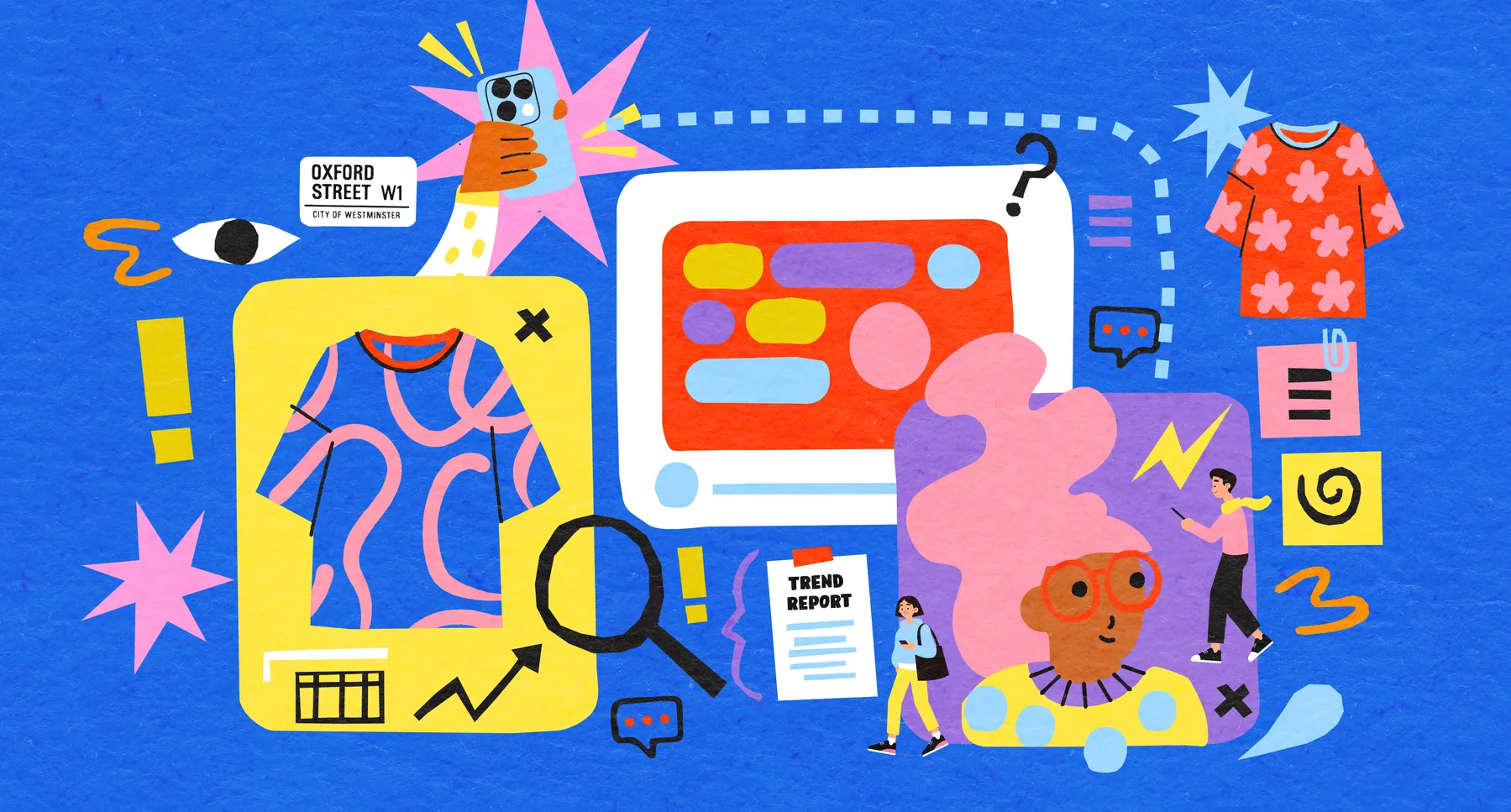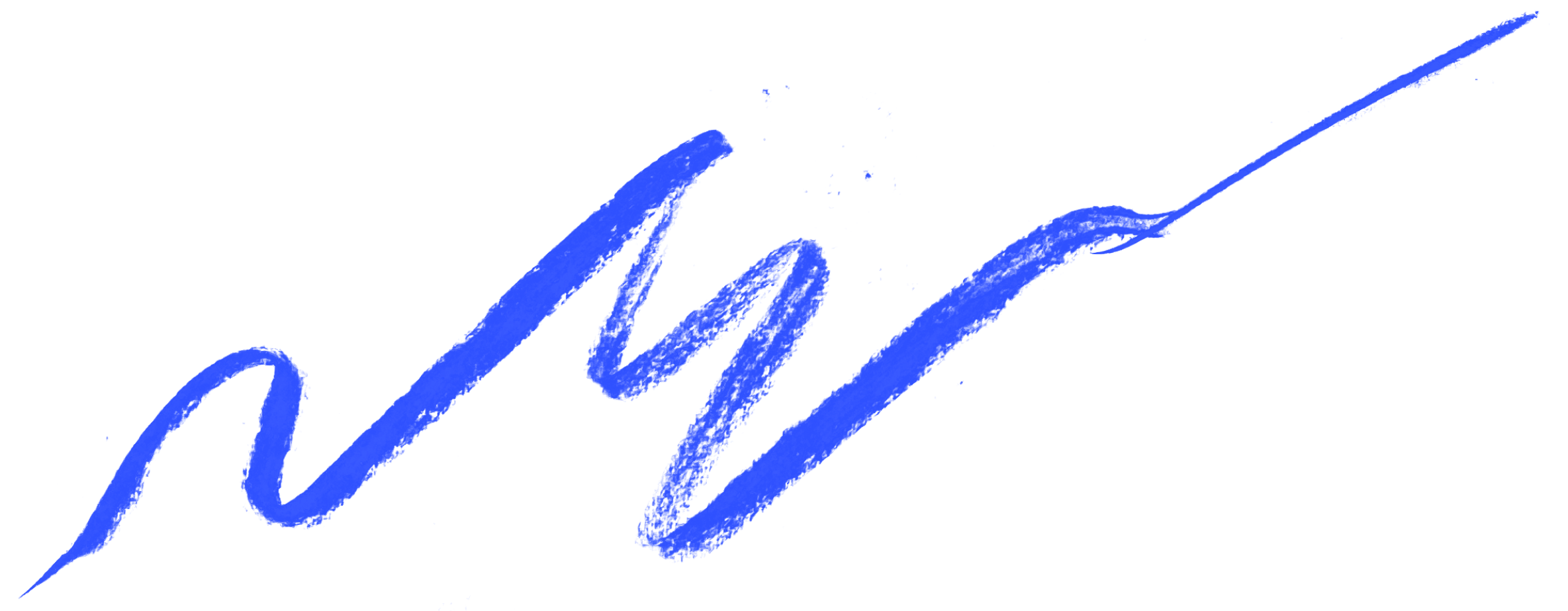Skew It Yourself: Trends

TLDR. Most trend research is based on personal taste, which obviously has its limitations when it comes to making commercial decisions. This is a practical framework to ensure your research remains objective. ""
Skew-It-Yourself: Trends
In this article, I’m going to outline where many teams go wrong when they try to conduct their own insight research or trend analysis, what you can do about it, and the results you can expect from changing your process.
Insight In-Flight
You want your next creative project to make a significant impact. That means being effective in the market and delivering on the commercial goals that initiated the brief in the first place. It doesn’t matter if it’s a fast fashion asset pack, a core guide for entertainment, or a franchise identity for a game; effective impact requires a good market fit, and the insight gathering stage is critical.
Time Crunch
Everyone acknowledges that understanding creative trends affecting their market is essential, but hardly anyone conducts their own effective research. What’s the disconnect?
Companies that choose Skew are self-selecting. After all, trend insight is often why brands come to us in the first place. Time-pressed client teams find it almost impossible to carve out precious time in their schedules to get any Googling done, let alone visit physical stores.
The Result of the Wrong 50
Of those that do, what we constantly see is valuable time wasted. Instead of actionable insight, what we receive is a collection of images that boil down to ‘things that we like that we saw recently somewhere.’ This is akin to being simultaneously served a fish finger, ice cream, a coffee and a burger: all the elements could be great on their own but don’t really come together as a satisfying dish.
Using your own taste as the basis for making commercial decisions has obvious limitations. You’re not putting yourself in the mind of your target market, not seeing what they see, so making objective judgments about where the market might go next is impossible.
Focus Pocus
Genuine trend research is an ongoing process that involves teams of people constantly pulling together the threads of popular culture and big-picture socio-economic change. Insight gathering has changed beyond recognition pre- and post-internet, mobile internet, social media, and now again with big data and micro supply chains like Shein. Trend services are once again defending their relevance in the face of markets driven by fan communities making their own choices for the brands they choose to align with.
If everything is trending everywhere all at once, where does that leave a time-pressed team with only a few days at the shops?
It means you have to reset your expectations for what insight can and should achieve and focus, really focus. Here’s how to gather useful market intelligence for creative decision-making.
Step Off
Set Objectives. As best you can, define the decisions that need to be made further down the line. Then, focus on who your creative project is targeted at. Narrow it down; consider age, gender if appropriate, location, but also their interests, where they shop, social spaces, who's advertising to them, and who the influencers in their space are. (Be careful here; influencers could mean their mum more than Mr. Beast).
Get online. With a profile of your consumer mapped out, start looking for existing research. There are plenty of online resources with free insights from brands, agencies, and consultants. Don’t be too picky at this stage; even magazine shopping guides can help surface brands your market loves that you haven’t heard of and don’t know where to find.
Focus. Now that you know your market better, where are the gaps? This is where you narrow your focus even further. ‘What’s happening in womenswear’ isn’t a focus. ‘What’s happening in fitness or outdoor-inspired accessories appealing to fashion-forward UK millennial women relevant to my heritage brand’ is.
Desk Research. A narrow focus now means you can go back online, and SEO should help you surface more relevant results. You could be building a picture of the competitor landscape, finding relevant packaging, marketing, brand, or product development reference points. Collate this as you go, grouping and annotating your findings so you remember why you pulled any given reference. Now, what are your gaps?
Shop Research. Skew is (mostly) based in London, and we LOVE using it to its full extent. By now, you should have a really clear idea of the challenge you’re trying to address with research, a solid picture of your market, and lots of market references. It’s about connecting the dots and making it relevant to your particular challenge that generates the insight. When you’re ready to head out to retail, your focus should be very narrow but allow for serendipity. You will already have activated the pattern-matching part of your brain. Plan a route based on the brands you know work well for your market. Take lots of photographs, buy samples, make notes. You will have ideas here that can’t be gained sitting in front of a screen. Focus on all the details like how it’s merchandised, what the accompanying marketing looks like, adjacent products, colour, materials, print, and price.
Edit. Editing the research means even more focus. Drill further into the information you’ve gathered, group it into categories like brand, price points, design styles, colour, pattern, brand, manufacturing details—whatever makes sense for your objective. Spot gaps and look in other areas to build out the research, such as exhibitions, fan communities, or even street shots.
Congratulations! By now, you have activated the Baader-Meinhof phenomenon or frequency illusion. This is your brain pattern-matching. You’re seeing ideas that are relevant to your objective everywhere. You have a wealth of reference sorted into categories that are relevant to your challenge, along with rationale about why. This is insight gathering. You can call it trending if you like, but how I see it is simply building a case for a commercial decision based on evidence. You may still be wrong, but you are definitely not confused.
Conclusion
Given your limited time and resources, this approach is undoubtedly a far cry from the vast data and AI-driven processes of Chinese e-commerce. However, you’ve successfully pulled together an evidence-based rationale for creative decision-making, and this is how you benefit:
Better Targeting: You’ve produced a consumer profile, researched the market, and can have more informed conversations with stakeholders.
Faster Creative Decision Making: You’re not justifying a decision subjectively based on ‘what you happen to like’ but objectively on what the market has shown.
More Impactful Sales: Sales conversations land with greater impact because design is rooted in what buyers want.
Your aim here is not to be WGSN. You can’t. Your aim is to move from subjective to objective, from collections of things you like, to a focused rationale for how your creative project should develop in any given direction. That’s what the insight process can do for you.
It has worked for thousands of Skew projects, and now you can put it to work for you.
Has this article piqued your curiosity? You can learn our insight process with us at our retail masterclass, Spring Haul or get in touch today.






